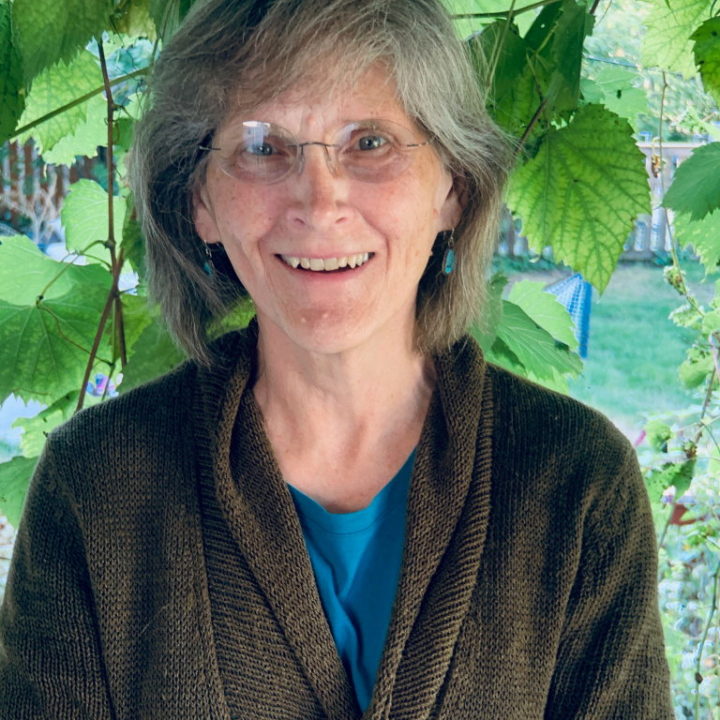
NOTE: Images in this archived article have been removed.
Heather Holm’s blog Restoring the Landscape with Native Plants is a valuable resource for any gardener. A landscaper herself, with extensive experience using natives on her own property, Heather combines this knowledge with excellent photography skills to showcase native plants and their associated insects. When considering what plants to put in my own yard, I have often consulted her blog. Equally, when wondering what type of bees are likely to visit various plants, I’ll check to see what information she offers. She has graciously let me use her photos to illustrate some of my own posts.
Now Holm has compiled a great deal of essential information in her new book, Pollinators of Native Plants: Attract, Observe and Identify Pollinators and Beneficial Insects with Native Plants (Pollination Press, 2014). This easy to use reference will prove useful to anyone interested in native plants and who wants to have the kind of garden that attracts bees, butterflies and other helpful insects. The opening sections explain the role and life cycles of pollinators and how pollination works. The bulk of the book treats over sixty flowering plants, with sections devoted to prairie, woodland edge, and wetland edge plants.
Native plants have particular needs regarding soil, moisture and sun, but if the right plant is planted in the right place, they will do well with little extra care. The book reflects this, and is organized so that each entry includes a description of the plant, its growing requirements and natural range (mostly the eastern half of North America); you can see at a glance if a plant you are considering is right for your yard. Each entry also includes a useful discussion of the pollinating insects that are associated with the plant. The detailed photographs have caught pollinators in action, which makes it easier to identify them when outside. Also included are handy charts, a glossary, and sample planting plans for a variety of situations.
Pollinators of Native Plants fills a niche, whether used for planning a native plant garden or for guidance regarding what you are likely to see when in natural areas. There are plenty of excellent wildflower and insect guides, but few combine the two so conveniently as this does. A whole range of people will find Holm’s book useful, from gardeners, organic farmers, and permaculturalists, to garden and landscape designers, as well as those restoring and managing natural areas. I could even see a role for it in the classroom. Beginners will find the book valuable because it is an entree to the kind of broad knowledge that takes years to develop, while experienced practitioners will find worthwhile information as well. Pollinators is a great companion to Attracting Native Pollinators (reviewed here), the Xerces Society’s compendium on the subject that was an inspiration for Holm.
The best way anyone can help native and honey bees is to provide good, pesticide free habitat with loads of native flowers. This book is a helpful resource in that endeavor.






